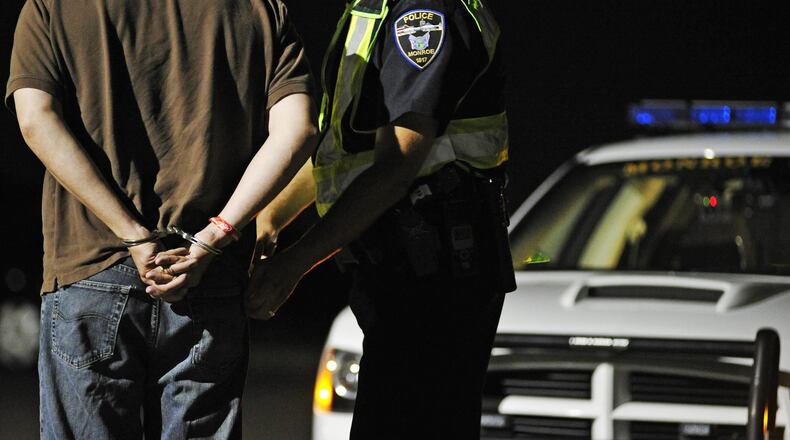House Bill 388 would permit first-time drunken driving offenders to petition the court for unlimited driving privileges if they agree to use a certified ignition lock device. Offenders would have an incentive to opt for the ignition locks: courts must suspend jail time while the locks are in use and may reduce the overall license suspension time by up to half.
Lock users must blow into the device and the car won’t start if alcohol is detected. MADD argues that ignition locks are more effective in stopping drunk drivers — and more enforceable — than suspending or restricting driving privileges alone. Between 50 percent and 75 percent of convicted drunk drivers continue to drive after their licenses are suspended, MADD says.
MADD officials and volunteers have 20 meetings scheduled with state senators and their staff members and two press conferences booked this week.
“I think it’s going to be difficult for us to get any bills through committee with the number of days we have left,” said state Sen. Jay Hottinger, R-Newark, chairman of the Senate Insurance Committee where House Bill 388 is pending.
The Ohio House voted 87-6 in favor of the ignition lock bill on May 18. The legislation moved over to the Senate the following day and it was assigned to the Senate Insurance Committee on Sept. 28. But lawmakers were on an extended break leading up to the November election. The Ohio General Assembly’s two-year legislative session ends Dec. 31 and any bills that don’t pass both chambers and head to the governor’s desk must start the process over next session.
Ohio law requires ignition locks for those offenders convicted multiple times of drunk driving offenses. House Bill 388 would give first-time offenders the chance to ask for ignition locks. The bill would require the lock manufacturer to install and monitor it, report violations to the court and offer reduced fees for indigent offenders. Ignition locks generally cost $70 to $150 for installation and about $2.50 to $3 per day, Harris said.
Last year, Ohio had 12,526 alcohol-related crashes, leading to 5,090 injuries, including 346 fatalities, according to the Ohio Highway Patrol. Alcohol was involved in 4 percent of all crashes, but impaired drivers were involved in 31.2 percent of fatalities, patrol stats say.
Six Key Changes to Ohio Drunk Driving Laws:
1987: Drinking age is raised to 21
1993: Ohio bans open containers of alcohol in public places, including vehicles
1993: Drivers who fail certain sobriety tests or refuse them face automatic license suspensions
1994: Zero tolerance law for under age drinkers
2003: Legal limit for drunken driving is lowered to 0.08 blood-alcohol concentration
2008: Ignition locks are required for repeat offenders
Source: Mothers Against Drunk Driving, National Office
About the Author

